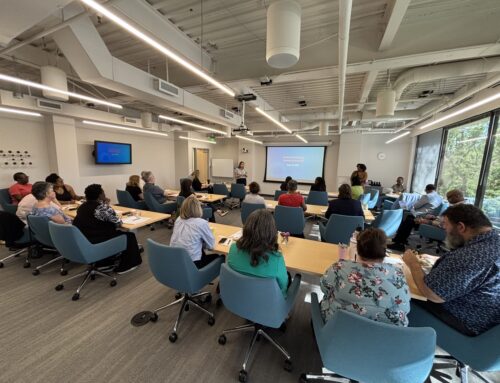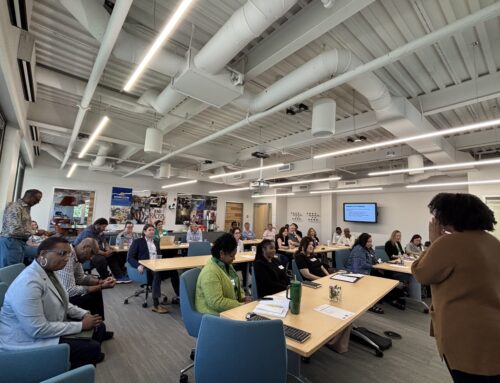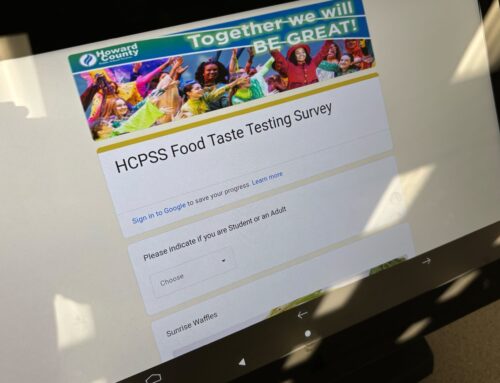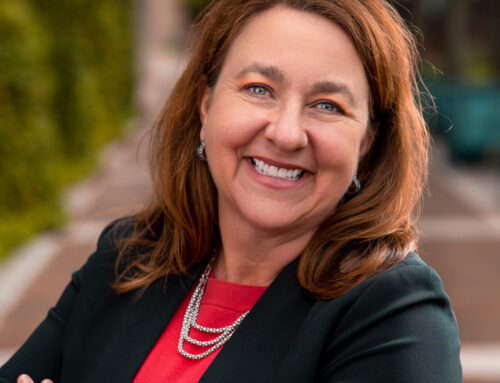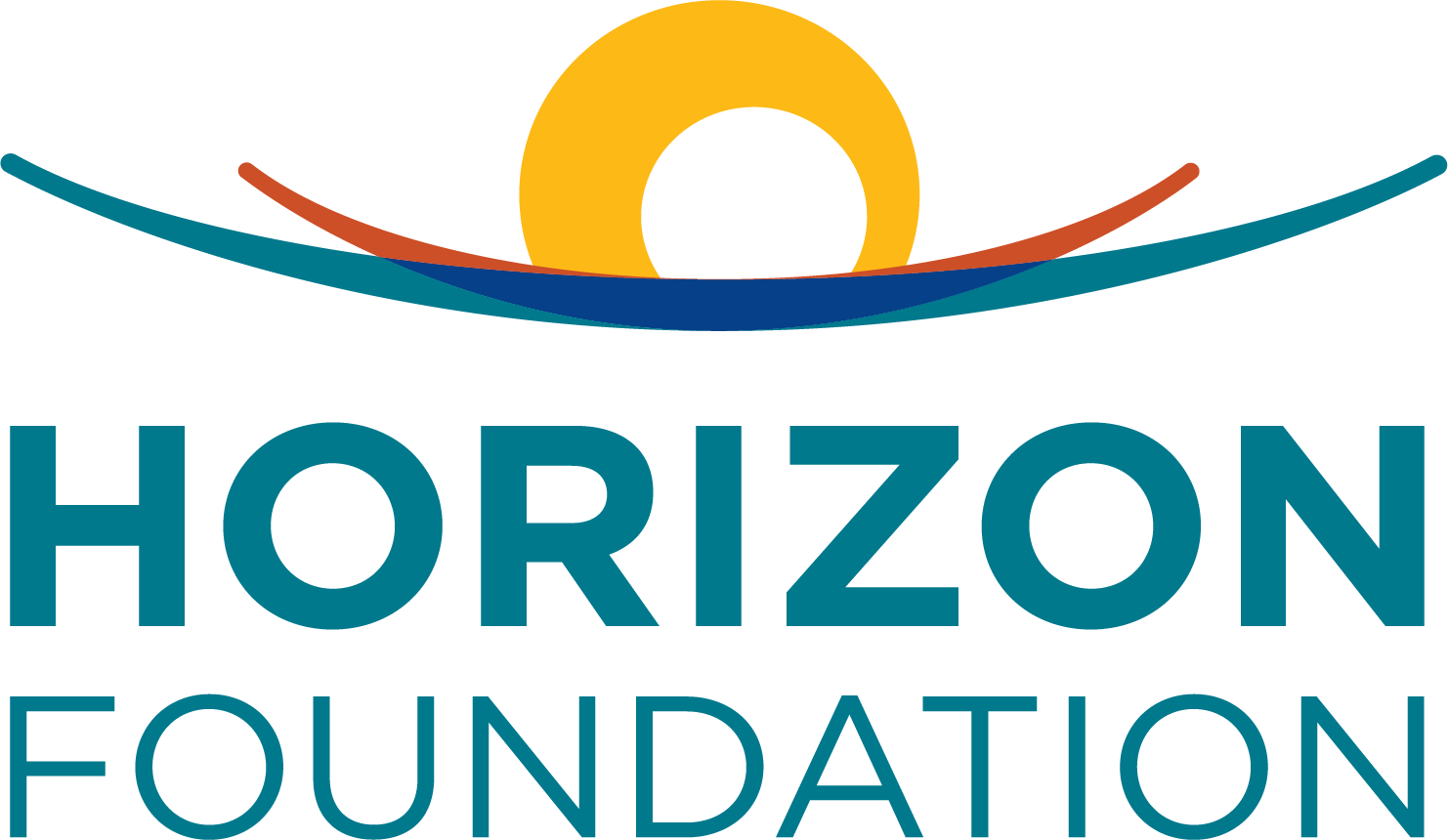Earlier this summer, several of our staff were able to attend the Grantmakers in Health annual conference in Minneapolis. As always, it was an inspiring and energizing event, and a great opportunity for our team to engage with the broader philanthropy community about breaking down systemic barriers to good health. Our Chief Program Officer, Glenn Schneider, and our former Senior Program Director, Tiffany Erbelding, led a presentation about the Foundation’s work to integrate mental health supports in the community through partnering with trusted community leaders. Senior Policy and Community Engagement Officer D’Paul Nibber also attended many sessions about the biggest challenges facing public health and strategies to tackle them. Below are some reflections from D’Paul about what stuck with him most and lessons he is bringing back to the rest of the Horizon team.
What were the big themes of this year’s GIH conference that made an impact on you?
This year’s conference focused on nearly every hot topic public health issue one could think of – from gun violence to reproductive health. It was surprising how the setting of the conference, Minneapolis, Minnesota, played such a central role in highlighting how philanthropies are addressing said issues. From the food to the field trips offered to attendees, Minnesota was on full display. I attended a session held at a Hmong (an ethnic group from southeast Asia that came to the United States during the Vietnam War era, many as refugees) farm just outside of Minneapolis highlighting how agriculture could be used to provide cheap nutrition, job training, and longstanding communal connection. Another session guided attendees through George Floyd’s neighborhood and informed them of how civic leaders, funders, and non-profits have banded together to address the generations of systemic inequities that ultimately led to Mr. Floyd’s murder. Keith Ellison, Minnesota’s prominent Attorney General, also made an appearance to discuss the intersection of the criminal justice system and health.
The sessions, themselves, seemed to be bound by an intentional focus on equity and addressing longstanding disparities and injustice. During an especially moving lunchtime plenary, for example, a panel of seemingly unrelated representatives from philanthropic organizations discussed the long-term impacts of the horrifying experiments conducted in Tuskegee, Alabama on Black men. As it turned out, the represented philanthropies were all coordinating on how to best address the historic wrongs experienced by these men and their families, with one organization expressly acknowledging its role in funding the misguided experiments and actively seeking to make amends.
What is the biggest lesson you learned that you’re bringing back to your work at Horizon?
Each session made clear that grassroots organizing and relationship-building are central to any large scale public health initiative. The State of Illinois successfully deployed a pilot program that trains immigrant leaders on how to connect their communities, including undocumented individuals and families, to healthcare. A combination of government officials, funders, community nonprofits, and legal experts banded together to engage communities experiencing healthcare access issues and develop training modules addressing their needs. The end product emphasizes differing needs among targeted immigrant populaces and community autonomy.
What are some of the biggest challenges facing public health that were discussed and how can philanthropy make a difference?
A common refrain among public health funders who presented at GIH is that successful projects require inclusivity. Funders must create vehicles for impacted voices to be heard and allow for those voices to directly shape how dollars are spent. Discussions at GIH repeatedly highlighted projects, both public and private, that did not consider these voices, resulting in either ineffectiveness, at best, or greater inequality, at worst. During the “Improving Health Through Civic Engagement” breakout session, one presenter told the story of an EMT operating in poorer neighborhoods who firmly believed that emergency response in these neighborhoods could be dramatically improved if residents voted at greater rates – a lower voter turnout had allowed policymakers to ignore their needs and divert resources to areas with higher turnout.
Any really interesting sessions you attended that were particularly inspiring?
Although there had been a trip organized by GIH to George Floyd’s neighborhood, Tiffany and I were not able to attend due to participation limits. We did, however, have an opportunity to visit on our own during the last day of the conference and it was especially moving. The encompassing community had come together to build a space acknowledging historic wrongs, including the usurping of Native lands, and presenting opportunities for gathering and advancing common needs. As a Baltimore City resident, it was surprising to see how easily this neighborhood could have been situated within my hometown. It had many of the hallmarks of disinvested communities – sparse commercial spaces, beautiful but neglected historic architecture, and limited public infrastructure and transportation buildouts. Regardless, community leaders had created an incredible space for the entire world to see.

